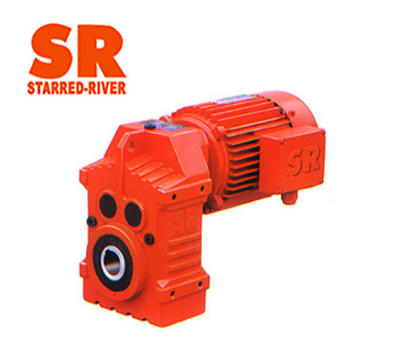These are all customized products according to
customer's requirement. If needed, we can
provide custom sevice for you.
Gear transmission, the force of the active gear and the reaction force of the driven gear are acting on each other's gear teeth through the contact point, the most dangerous situation is that the contact point is located at the top of the gear teeth at a certain moment; at this time, the gear teeth as a cantilever beam, the bending stress generated by the root of the gear teeth is the largest, if the sudden overload or impact overload, it is easy to produce overload fracture at the root of the teeth.
2、Tooth surface wear or scratches
Gear teeth in the meshing transmission process there is relative sliding, coupled with poor lubrication, lubricating oil is not clean, lubricant deterioration, low speed heavy load or heat treatment quality, etc., can cause the gear teeth tooth surface adhesion wear, abrasive wear, corrosion wear and scratches, etc.

3, Tooth surface fatigue
The so-called tooth surface fatigue mainly includes tooth surface pitting and spalling. The cause of pitting is mainly due to microscopic fatigue cracks caused by pulsating changes in contact stress on the working surface of the gear teeth, when the lubricant enters the surface crack area, the entrance is first closed and then extruded in the meshing process. The lubricating oil in the microscopic fatigue crack area expands the crack area on the gear tooth surface under high pressure, causing the surface metal particles to fall off from the tooth surface, leaving a small pit to form tooth surface pitting. When the fatigue crack on the surface of the gear tooth continues to expand to a deeper, farther, will cause a large area or large off the phenomenon of the formation of tooth surface spalling.
4, Tooth surface plastic deformation
When the gear material is soft and the transmission load is large, easy to produce tooth surface plastic deformation. Under the action of excessive friction between the tooth surface, tooth contact stress will exceed the material extrusion yield limit, tooth surface material into the plastic state, resulting in the plastic flow of tooth surface metal. This leads to the formation of concave grooves on the tooth surface near the knuckle line of the active gear and convex edges on the tooth surface near the knuckle line of the driven gear, resulting in the destruction of the tooth shape.

 English
English 简体中文
简体中文 русский
русский










